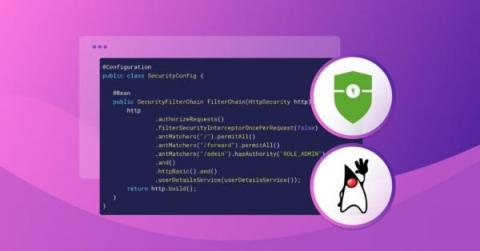Panel recap: Breaking Bad Security Habits with Corey Quinn
On December 8th, Clinton Herget and Simon Maple, Field CTOs at Snyk, had the opportunity to chat with Corey Quinn, Chief Cloud Economist at The Duckbill Group, podcast host, curator of “Last Week in AWS”, and snarky Twitter personality. Their conversation took a lot of fun turns, from ranting about the hour-long line to get coffee at AWS re:Invent, to Corey proclaiming that “SBOMs are a fantasy” (there’s more context to that… keep reading).









